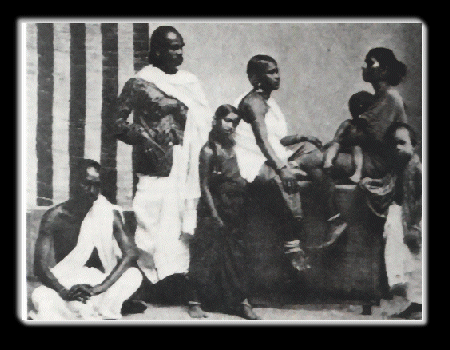


The European discovery of Mauritius was reportedly made by Portuguese sailors in the first year of the 16th century. It is highly probable, however, that Mauritius was visited much earlier by Arab sailors.
Five hundred years of colonisation by European powers, the settlement over the centuries of people hailing from the continents of Europe, Africa and Asia and the gift of nature have given Mauritius a unique cachet. Described as the most cosmopolitan island of the world, likened to Paradise by no less a famous writer than Mark Twain, Mauritius ranks among the most attractive and classy destinations in the tourist trade.
Discovered by the Portuguese, the island attracted its first settlers from Holland in 1598. The Dutch named the island after their prince, Mauritius Van Nassau. Through they are associated with the extinction of the dodo, the Dutch introduced sugar cane, the stag and otherspecies. Sugar was the income earner until the spectacular economic growth of Mauritius following its accession to independence.
The Dutch did not settle permanently. After their departure Mauritius was free for the taking and by 1715 the island came under effective french control. The island, however, continued to fuel rivalry between European powers. By 1810, after a series of naval battles, the French lost Mauritius to the British. By the time they left Mauritius, the French had given the island its basic infrastructure, started sugar plantations with the help of African and Malagasy slaves and introduced French language and customs. The French language was to survive 150 years of British colonisation. French plantation owners accepted British rule and remained a dominant economic force.
With the abolition of slavery in 1835, the British administration helped the French settlers to import labour from India. As from 1835, the country witnessed a massive influx of indentured labour from India. The sugar industry registered a spectacular growth.
Before British rule, the Mauritian population comprised French settlers, Black slaves, people of mixed ancestry and a tiny minority of Indian artisans brought from French possessions in Subcontinent. The creole language became the lingua franca.
When India labourers were brought in, the population became Asian in its majority. Through the Indians spoke several languages of their own, they adopted the creole lingua franca and later learned French and English too.  Bhojpuri, a North Indian dialect, was widely used and it survives- in a heavily creolised form- to this day. Hindu, Urdu, Tamil, Telegu and Marathi make the ancestral languages of Indians and they are still taught in schools and used in the electronic media.
Bhojpuri, a North Indian dialect, was widely used and it survives- in a heavily creolised form- to this day. Hindu, Urdu, Tamil, Telegu and Marathi make the ancestral languages of Indians and they are still taught in schools and used in the electronic media.
Creole has emerged as the main language of communication though French is widely used in the electronic and print media. English, the official language and a medium of instruction, is being increasingly used in business and electronic communication.